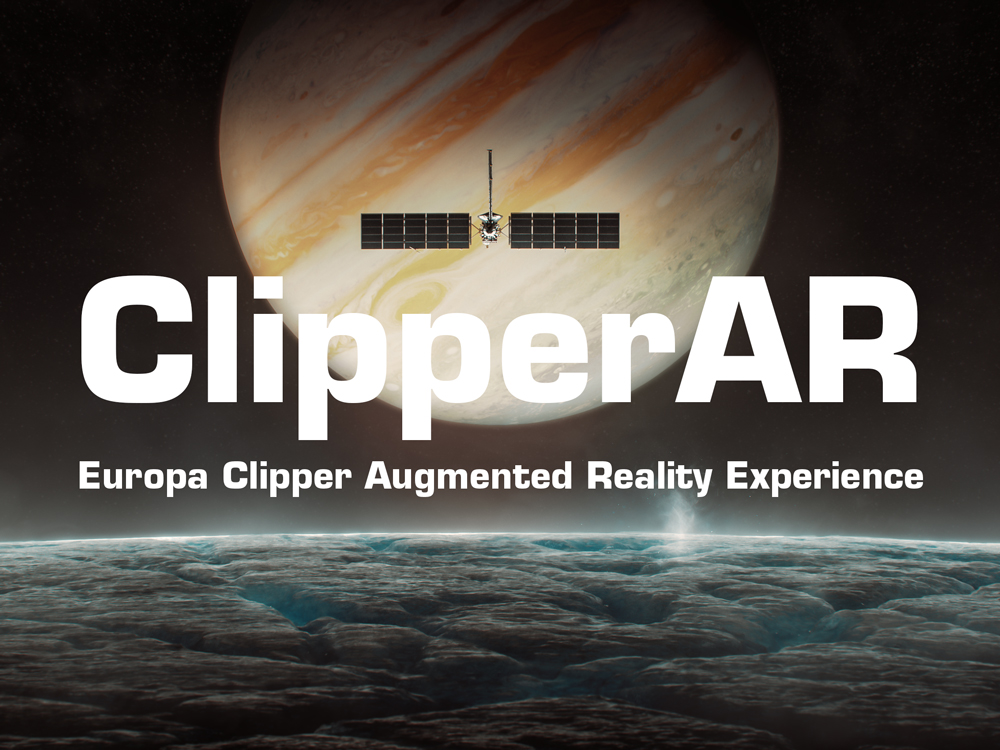Why Europa?Why Europa?
The search for life beyond Earth is one of NASA’s primary objectives. If humans are to truly understand our place in the universe, we must learn whether our planet is the only place where life exists. So the search is on!
But the universe is quite large. By its very definition, it’s the biggest thing there is. It includes everything that exists — every star, every galaxy, every speck of dust, every molecule, and the space in between. All of it. If we’re to find extraterrestrial life, we must narrow our search.
If we’re to find extraterrestrial life, we must narrow our search.
Astronomers use ground-based and space-based telescopes to find and study exoplanets (planets orbiting other stars), but no spacecraft has ever come close to reaching another star. A spacecraft powered by the latest spaceflight technology would take thousands of years to travel even to the nearest stars. So if we want to send a spacecraft to look for life, we should stick to our solar system for now, which narrows down our search considerably.
But the solar system is still pretty big — a central star, a few large planets, a smattering of dwarf planets, 170-plus moons, and innumerable asteroids, comets, and trans-Neptunian objects — and all those objects are vast distances from all the other objects. Given the limits of time and other resources, we must narrow down our search yet again.
Life needs a source of energy, the presence of certain chemical compounds, and temperatures that allow liquid water to exist. Jupiter’s icy moon Europa seems to be just such a place.
Extraterrestrial life might exist under all sorts of conditions that humans would struggle to imagine. But we know of one set of conditions in which life flourishes in a multitude of shapes and sizes: the conditions found on Earth. Because we know Earth has the right conditions for life, humans can then sharply narrow down the search for extraterrestrial life by searching only in places that have the conditions that Earth life requires: a source of energy, the presence of certain chemical compounds, and temperatures that allow liquid water to exist. Jupiter’s icy moon Europa seems to be just such a place.
Ocean WorldsOcean Worlds
Scientists describe Europa as an "ocean world" because decades of evidence from analysis of spacecraft observations strongly suggest that an ocean of liquid water is hidden beneath the moon’s surface of ice. In fact, some of Europa’s characteristics would be extremely difficult to explain if the moon does not contain a global subsurface ocean.
Europa is not the only ocean world. Two of Saturn’s moons seem to be in the same category: tiny Enceladus has a global saltwater ocean that sprays out into space as a plume of icy particles that fly hundreds of miles above its surface, and the large moon Titan is thought to have a subsurface ocean as well.
But we begin our search with a world where research has been pursued for many decades, and where the questions to ask are very well defined. So off we go to Europa!
Go father: Learn more more about Europa on the NASA Solar System exploration website ›




